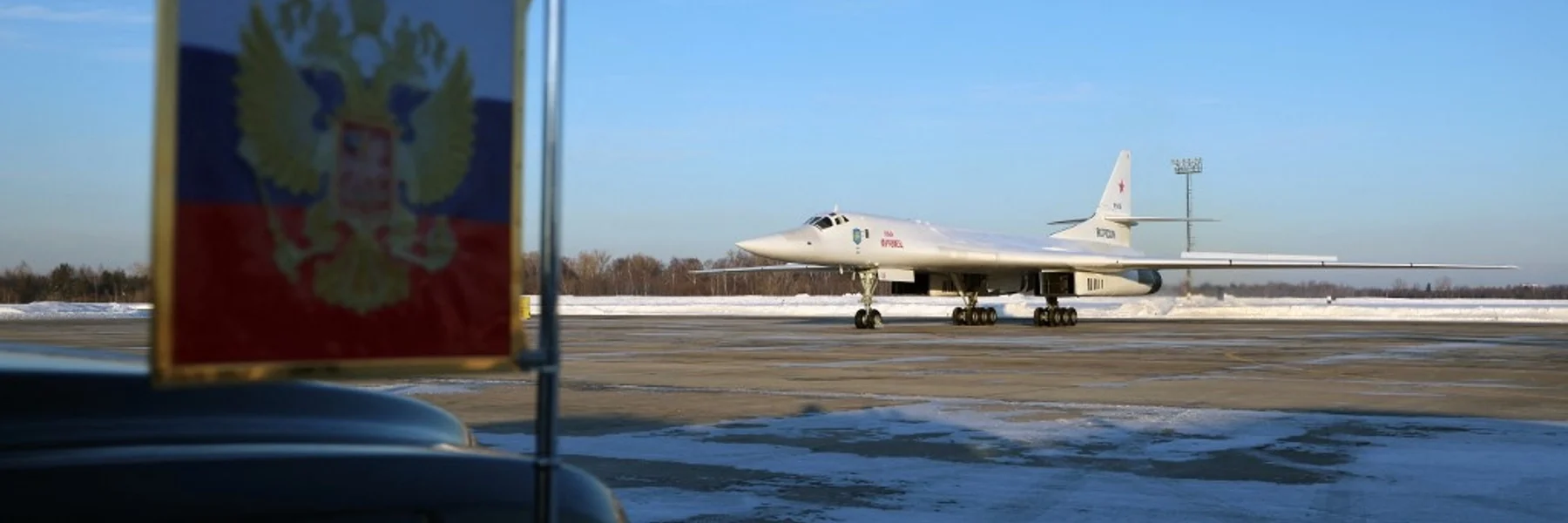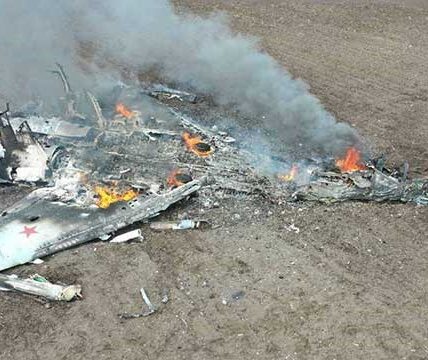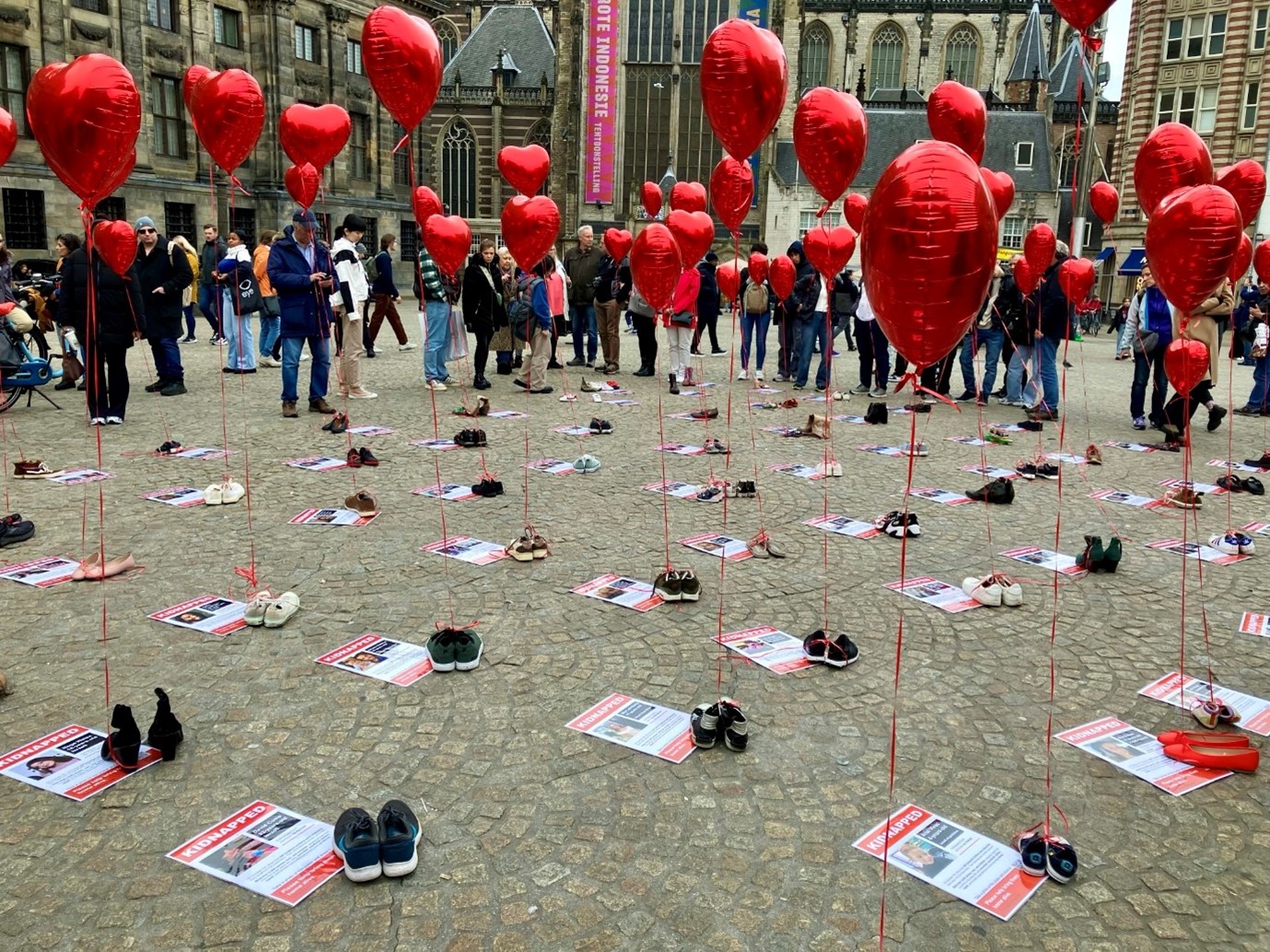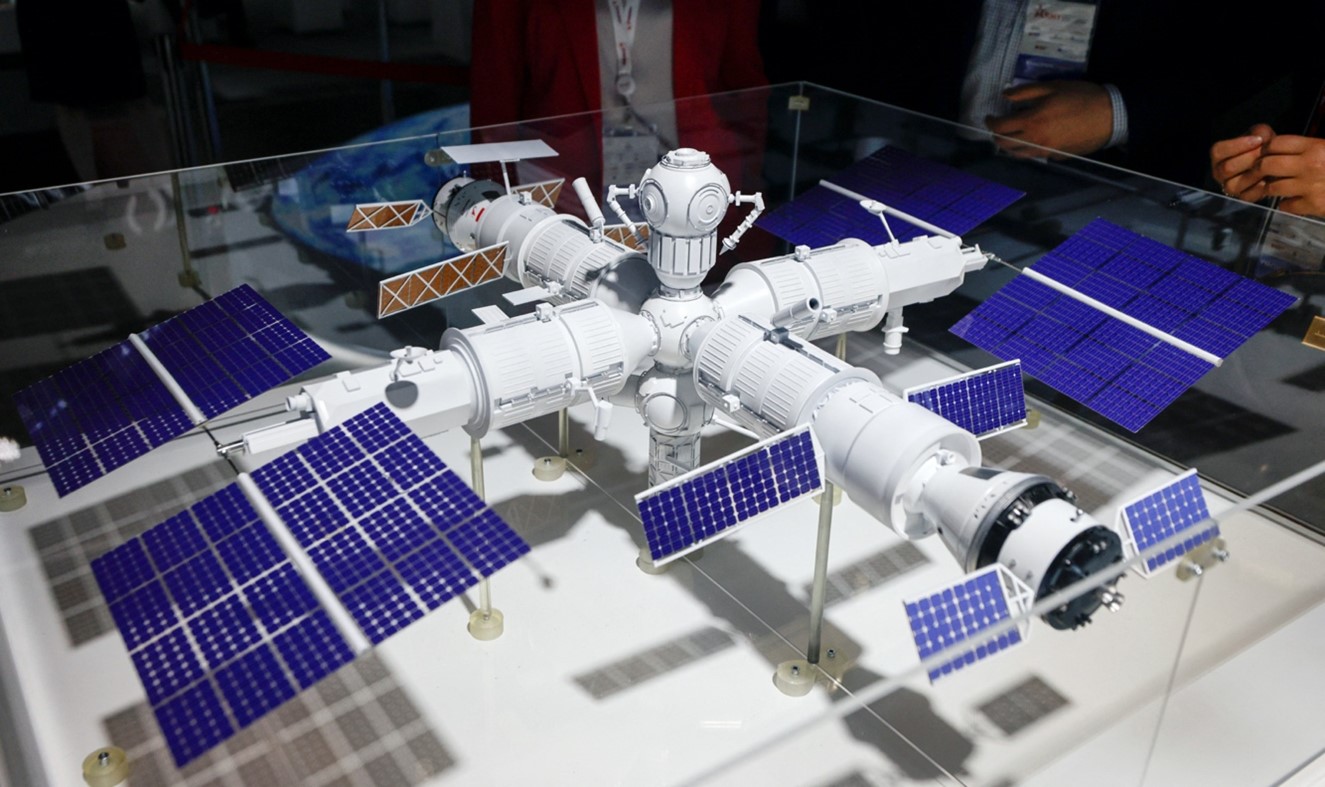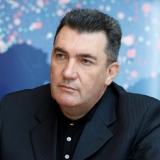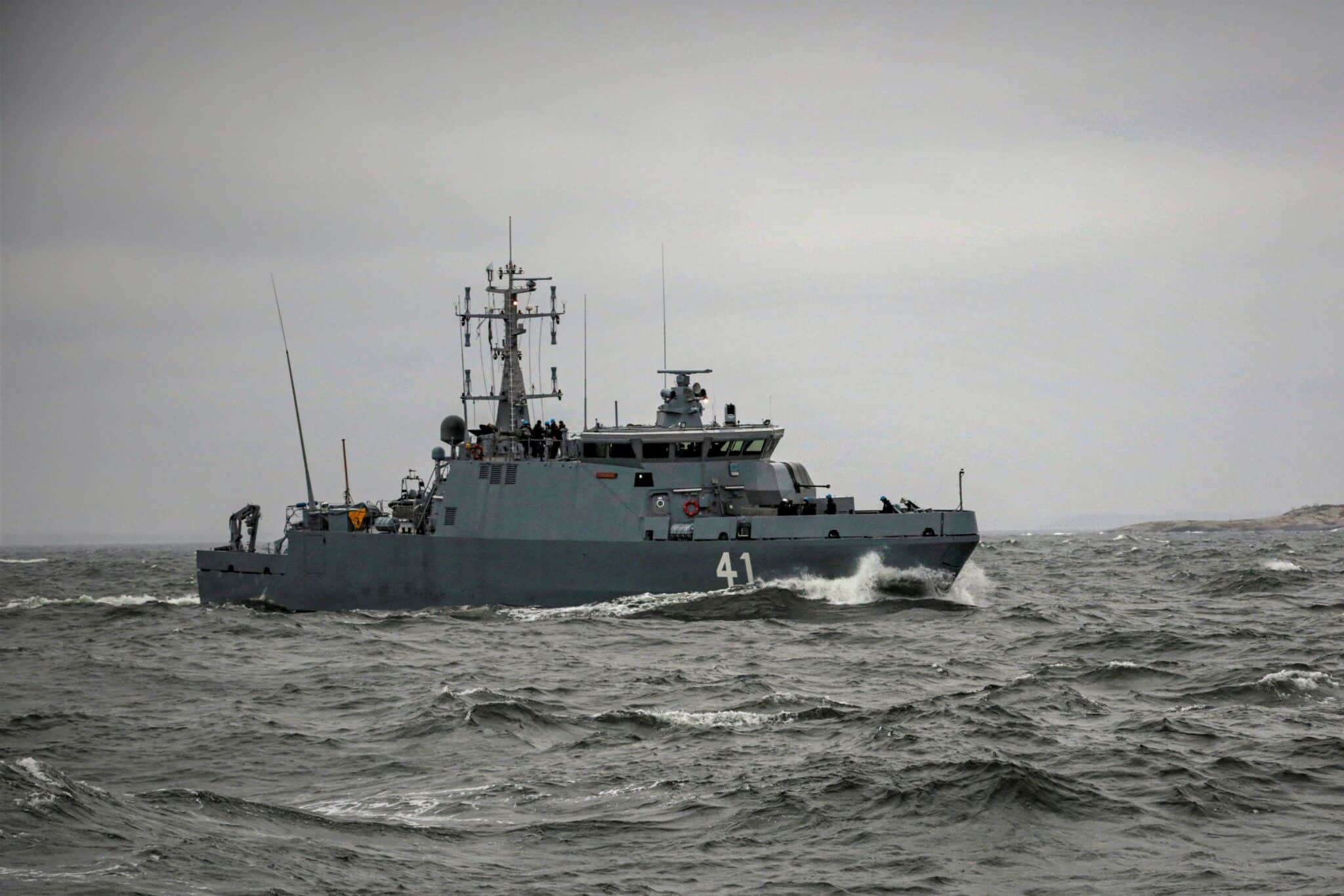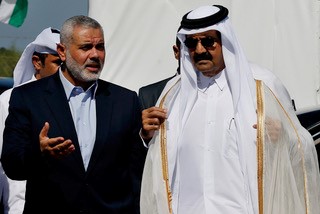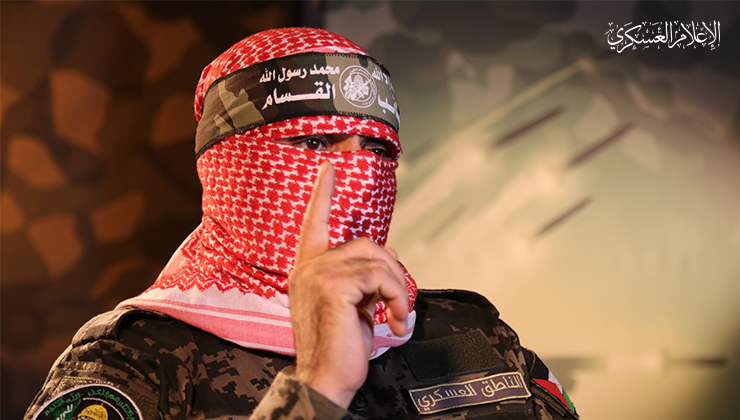
By Isabella Egerton
Up to 41 Russian strategic bombers have been destroyed in a long-range Ukrainian drone attack – in what Kyiv has described as its most successful attack in the war so far.
The operation, codenamed Pavutyna, or Spider’s Web, was conducted by the Security Service of Ukraine (SSU) and struck military airfields at Belaya, Dyagilevo, Olenya and Ivanovo. According to SSU chief Lieutenant General Vasyl Maliuk, the targets included Tu-95, Tu-160 and Tu-22M3 bombers, as well as A-50 airborne early warning aircraft.
Ukrainian President Volodymyr Zelensky personally supervised the planning and execution of the strike, which had been in preparation for more than 18 months. He described the outcome as “an absolutely brilliant result” and “Ukraine’s most long-range operation”. The SSU estimates the total damage inflicted on the Russian Air Force exceeds $7 billion (£5.2 billion).
“This was not just a devastating blow to enemy aircraft, but a serious slap in the face to the power and terrorist essence of the Russian Federation,” Maliuk said. “The enemy has been bombing our cities almost every night using these aircraft—today they felt that retaliation is inevitable.”
The SSU revealed unprecedented logistical detail behind the strike. Ukrainian operatives smuggled first-person-view drones and mobile wooden structures into the Russian Federation, concealing the drones inside the buildings which were placed on trucks. At the coordinated time, the roofs of the trucks were remotely opened and the drones launched directly at their targets.
President Zelensky later disclosed that the coordination centre for the operation was situated next to a regional office of the Federal Security Service (FSB) of Russia, underlining the depth of Ukrainian infiltration into Russian territory. He added that all Ukrainian personnel involved had been safely withdrawn.
The SSU said the operation destroyed around 34 per cent of Russia’s strategic cruise missile carriers across its primary airbases. Open-source intelligence analysts have corroborated the attack, sharing satellite imagery that confirms the destruction of multiple Tu-95MS aircraft and a Tu-22M3 bomber at Belaya airfield.

The operation comes just days before fresh ceasefire negotiations in Istanbul. Moscow has acknowledged the attempted strikes, claiming some were repelled, but has not confirmed the extent of losses.
“We will respond to Russian terror and destroy the enemy everywhere—at sea, in the air, and on the ground,” Maliuk said. “And if necessary, we will get them from underground.”

